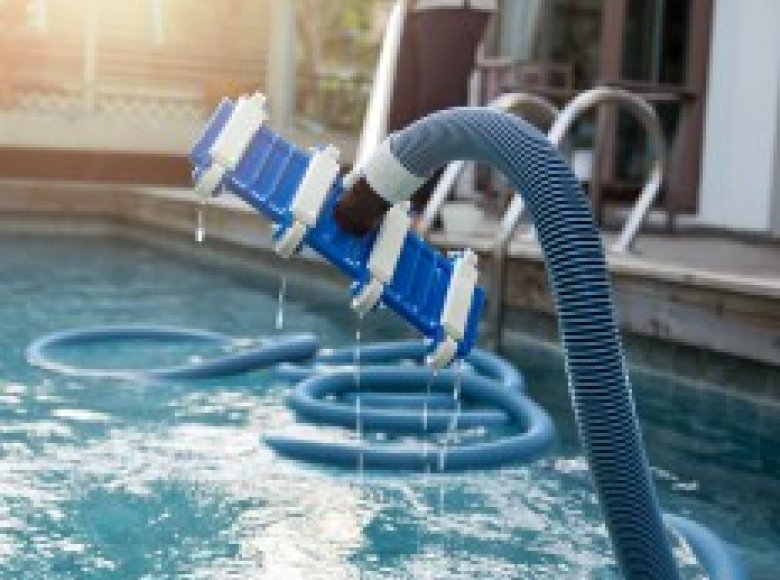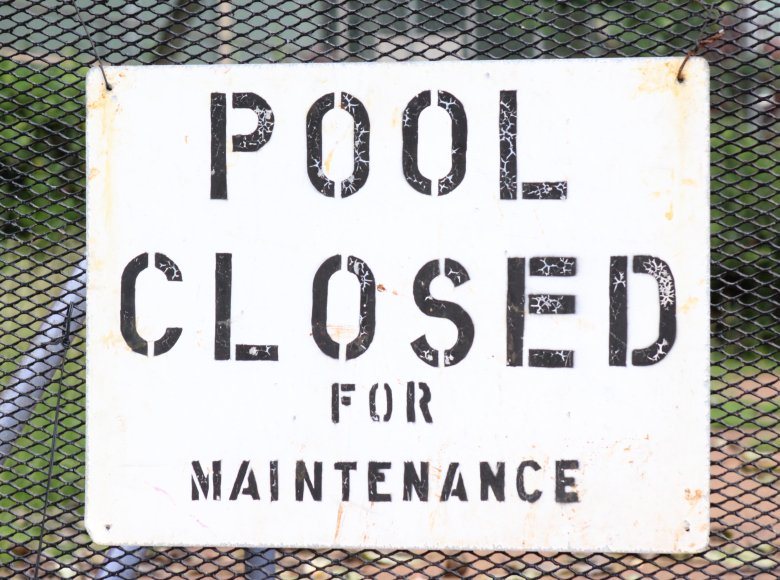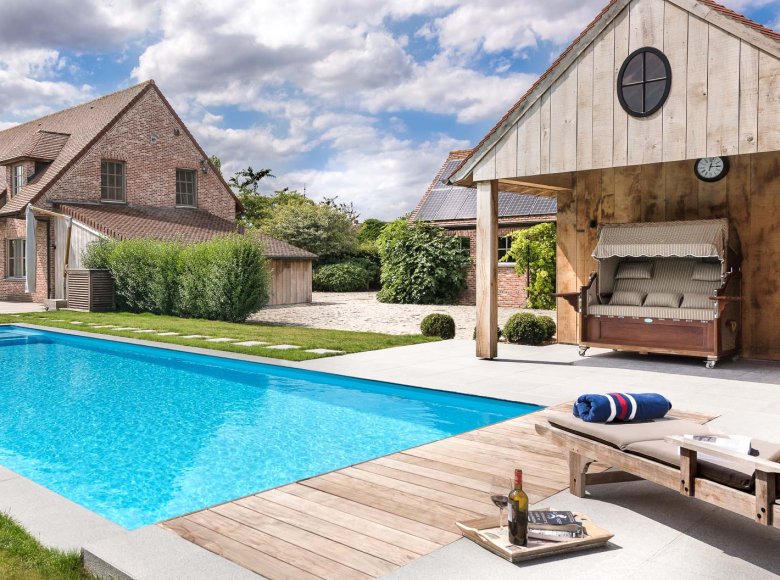When it comes to maintaining a swimming pool, a lot of questions come up about chlorine. You probably know that chlorine is a common means of keeping the pool water clear. But how does chlorine work exactly, and why do you have to keep adding it to the swimming pool?
Free chlorine – the solution to many problems
ree chlorine is what breaks up dirt particles in the water and kills bacteria and viruses. It makes the water clear and healthy, and keeps it that way.
The ideal concentration of free chlorine depends on the type of swimming pool:
- Indoor swimming pool: 0.5 – 1.5 mg/l (=ppm)
- Outdoor swimming pool: 0.5 mg/l – 3.0 mg/l
- Spa: 1- 3 mg/l
A chlorine value that is too low brings a risk of infections, while a value that is too high will bleach textiles and form harmful by-products.
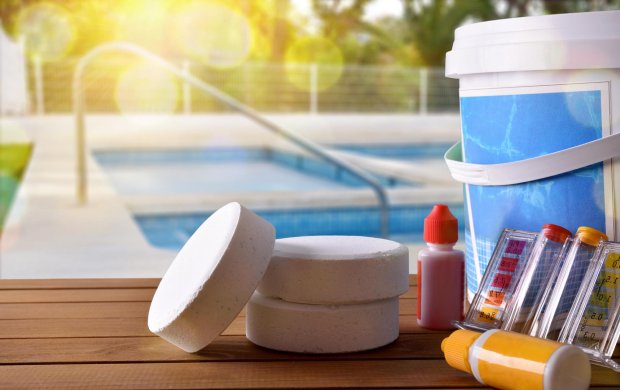
Free chlorine is only effective with the right pH value. If the acidity level is lower than 7.6 pH, then 50% of the free chlorine will be active. The ideal pH value is 7.2. Aim for this value by regularly testing and adjusting the water quality.
If the pH value is greater than 7.6, the free chlorine is less active to inactive. This can allow harmful bacteria and viruses to develop, which can even turn the water green. This again proves the importance of the acidity level of the swimming pool.
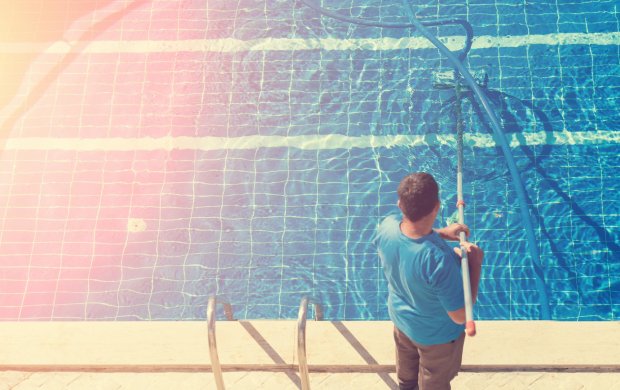
How do you add free chlorine to the swimming pool?
There are various ways of adding chlorine to the swimming pool. A popular method is to add liquid chlorine. This is an efficient method for disinfecting the pool, approved under the Vlarem II legislation.
N.B.: Adding liquid chlorine will always raise the pH value of your swimming pool.
Besides liquid chlorine, HTH chlorine granules are also approved under the Vlarem II legislation. When this is added to the swimming pool, it will also form free chlorine. This product also raises your pH value, but that is easily corrected with pH reducer products.
A third method is organic chlorine tablets and chlorine granules, which you can purchase from many shops. These are not Vlarem II-approved, as they mainly break up the dirt particles but are less effective at disinfecting the pool. These chlorine products do not convert fully into free chlorine, and so are not permitted for use in public swimming pools.
What other types of chlorine are there?
Bonded chlorine
If the acidity level is too low (lower than 7.0 pH), bonded chlorine causes an unpleasant chlorine smell that can cause eye, nose and mucous membrane irritations. These can be prevented by raising your pH value.
Bonded chlorine is the chlorine that has already done its work. All the dirt particles that have been treated by the free chlorine together form the bonded chlorine, or chloramines. The maximum concentration is 1 mg/l, but it is advisable to aim for 0.6 mg/l or lower.
Fortunately, this bonded chlorine reacts with other substances in the water so that it eventually forms nitrogen gas and disappears from the swimming pool.
Total chlorine
The total chlorine is the sum of the free and bonded chlorine. A value that says little in itself, since you never know the exact levels of free chlorine and bonded chlorine.
Do you have any other questions about chlorine? Then don’t hesitate to contact us – we will be pleased to help!


